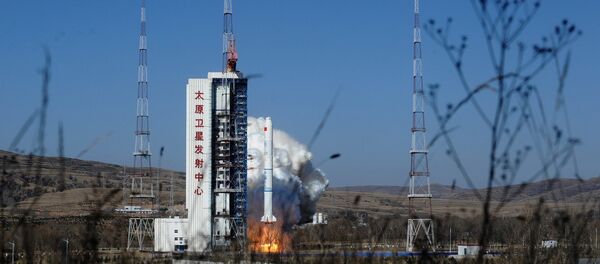On display, the 55-foot core module offered interested eventgoers a peek at the living and working quarters of China's Tiangong space station, otherwise known as Heavenly Palace, AFP reported. An additional two cabin modules meant for scientific experiments will allow officials to conduct free-fall and microgravity experiments.
— James Stamper (@autonewssiite) November 6, 2018
The 60-tonne orbiting lab, which will be able to house anywhere between three and six astronauts, is expected to be completed sometime in 2022, Sputnik previously reported. With a lifespan of roughly 10 years, the station is set to become the replacement of the International Space Station, which is due to retire in 2024.
"There are only a handful of countries capable of sending a space station up into orbit," Zhang Baoxin, an aviation and military expert at China Aviation News, told the Global Times in May. "It's a massive program that demonstrates China's comprehensive scientific and technological capabilities."
"Tiangong will allow China to have a space lab to conduct successive scientific experiments," Zhang added.
The latest development comes months after reports surfaced earlier this year in May that China was working with the United Nations to open the orbiting lab to member nations. In a statement released on May 28, officials indicated that the initiative aims to promote international cooperation in spaceflight and space exploration.



